Braid vs. Mono Abrasion Strength Experiment [Vertical & Horizontal Tests]
- By: Luke Simonds
- on
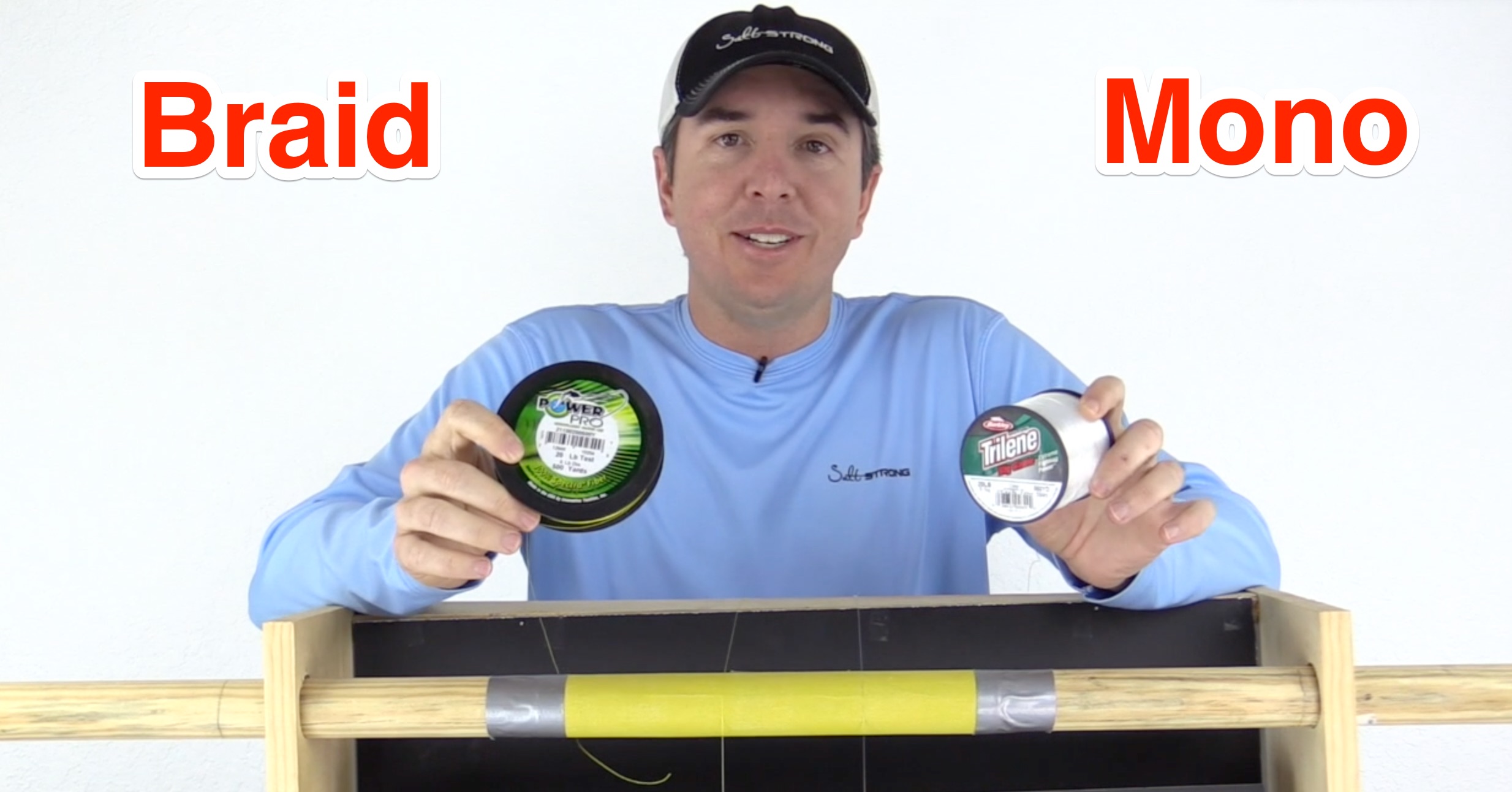
It’s line testing time again!
In this post, you’ll see how the abrasion strength of a fishing line made from braid compared to line made from traditional monofilament.
This has been the most commonly requested test, and I have to admit that I was surprised by the results.
Here’s a quick summary that explains the purpose and structure of the experiment.
Experiment Details
The purpose of this experiment is to see which line can handle getting rubbed up against a rough surface best (aka – abrasion strength).
And given that anglers who use braid often put a mono/fluoro leaders at the end of their lines, I wanted to test how braid holds up to a drag-ripping run around an object in the water such as a piling since that likely will be the most common cause of abrasion in the act of fishing.
But I also wanted to check how the head-shake abrasion (side-to-side movement) compared to that of mono too for those who do tie directly to their lures/hooks when using braid.
So this experiment consists of two tests:
- Side-to-Side Abrasion Test
- Around-the-Piling Test
And I used equivalent lines based on their rated strengths so that there could be an apples-to-apples comparison.
Line Test Results
In order to make sure you could see the exact processed used, I filmed the test and made a quick video.
Click the video box below to watch it:
Note: Please do not hesitate to let me know about any testing suggestions you may have… I want to make sure that these tests are all as helpful as possible.
Conclusion
Monofilament line proved to be much more resistant to abrasion compared to braid in this test.
But this is just one type of surface, so we’ll also need to examine these two lines when faced with different types of surfaces.
More tests will be done in the near future… I just wanted to share this first round of braid vs. mono testing with you now so you can ask any questions or offer suggestions for improving future tests.
For any questions or suggestions, please leave a comment at the bottom of this page.
Fish On!
P.S. – Please be sure to share this post with any of your friends who love fishing.
Prior Leader Testing Posts:
Related categories:
STOP WASTING TIME ON THE WATER!
Do what the “SMART ANGLERS” are doing and join the Insider Club.
Here’s what you’ll receive today when you join:
- Weekly fishing reports and TRENDS revealing exactly where you should fish every trip
- Weekly “spot dissection” videos that walk you through all the best spots in your area
- Exclusive fishing tips from the PROS you can’t find anywhere else
- Everything you need to start catching fish more consistently (regardless if you fish out of a boat, kayak, or land).
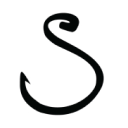



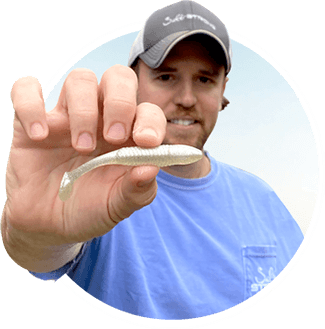
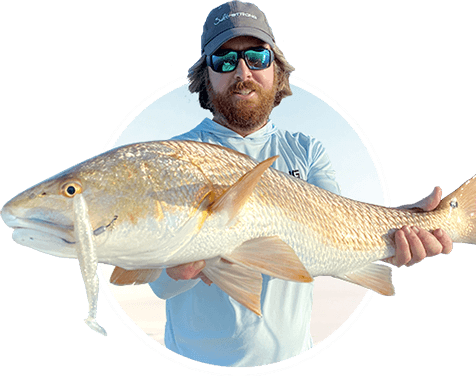
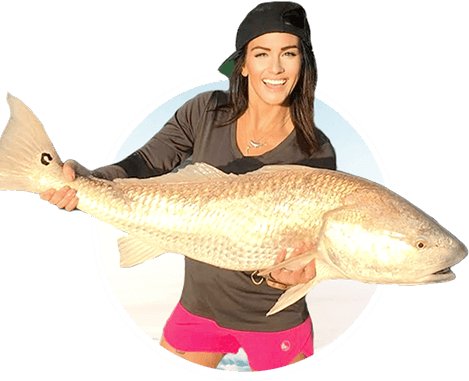
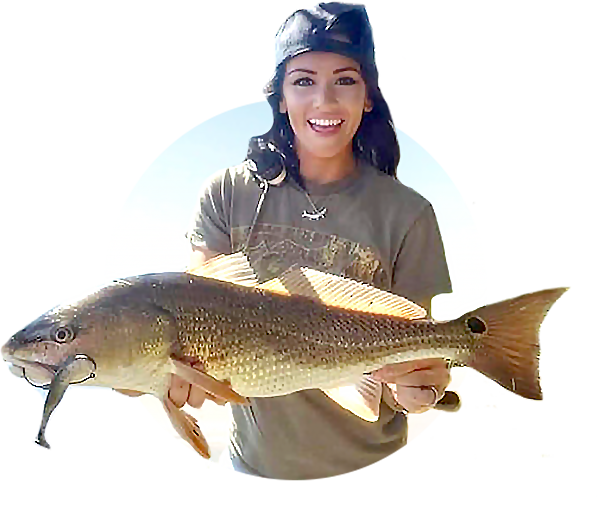
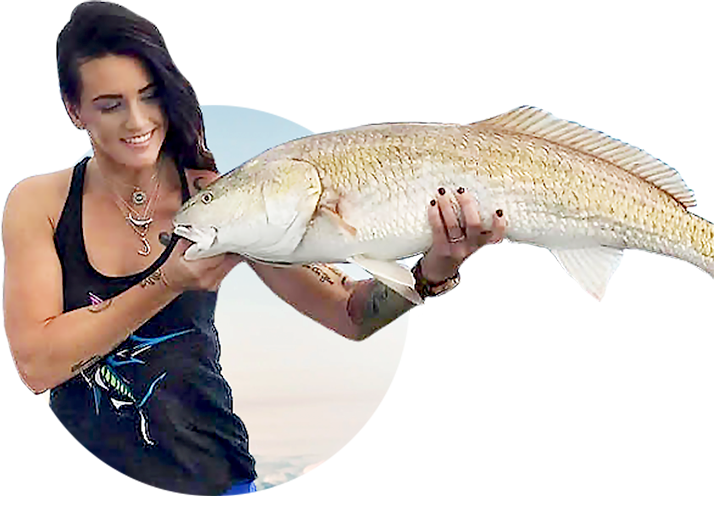

Wow!
Hello Luke & Team
I’m a newbie so … In regards to your abrasion test, mono vs braid … Lets assume I’m redfishing or sheepheading w 10lb braid, would the recommendation be to use an 18 inch Fluorocarbon leader ? If so, what would you recommend for the leader’s lb.?
As a side question — I watched y’alls video on TFOs which was very insightful. That being said, it sounded like the TFOs were fantastic for artificials but not much was mentioned about live baits. Can I assume the same TFO characteristics regarding pole tension / power would make the rods a safe bet for live baits?
thanks in advance,
Lawrence
I personally stopped using and recommending fluorocarbon once I saw how poorly it performed in my abrasion experiments when testing against regular mono of the same diameter.
For most of my sheepshead and redfish fishing, I use a 20 to 30 inch strand of 20lb Andy mono…. if the water is clear, I’ll go with 15 lb mono.
The same rods I use for lures work great for live bait too… the only exception is for free-lining small baits that are very light because they are too light for most medium power rods to throw properly… for small baits, it’s generally best to go with a ML rod.
Would love to see jerry brown and spiderwire stealth. You guys are awesome btw
Dont you think maybe a 10lbs mono should be tested with a 30lbs or so braid since the diameter would be similar.
The reason that test focuses on the strength factor (10 lb braid vs. 10 lb mono instead of equating line diameters) is because most anglers decide which lines to use based on the power they need to handle their target fish.
The fact that braid is thinner is a positive attribute that helps it cast farther than mono even though it’s surface is not as slick as mono.
I would have to agree with Alejandro on this one. I use heavier braid 30 to 50 lb instead of 20lb mono. I use it so I don’t have to change line out every year. At least on my baitcasters. For my small spinning setup I use 15lb braid. My saltiga has 100lb braid but that’s a different animal
I’d really love to see a test on abrasion resistance of different strength braid, for example is there a significant advantage in using 80lb pp over 50lb pp and also the difference in casting distance between the two. Its often a balancing act between the perceived reduction in casting distance and potential improvement in abrasion resistance especially when surf fishing but often these decisions are based purely on anecdotal evidence and not testing.
What species are you targeting when trying to decide between 50 lb and 80 lb?
I find braid a lot harder to tie and handle than mono . how about you ?
Braid is more difficult to manage, but it’s pros outweighs its cons in my opinion so it’s on all of my reels now. The biggest difference is with knots, so be sure to use this post to find a strong braid to leader knot that you like: https://www.saltstrong.com/articles/fishing-knots/
Thanks ,Luke ,Would you use braid for surf and jetty fishing ? What is the best reel,and 2piece rod combo for surf fishing ?
I prefer braid for surf fishing because it has less water drag and the zero stretch nature allows for even the small strikes to be felt/seen. I don’t surf fish very often so I just use my normal inshore gear for it whenever I hit the beach. So I unfortunately can’t be of much help to you for selecting a good surf rod.
Here in Texas if you’re soaking baits on the bottom the sandbar can cut your braid. I prefer braid for casting distance but inspect your line often. Lots of random break offs.
How about fireline have you tested any of it?
I have not yet tested any of the fireline lines. Is there one in particular that you’re most interested in?
How often would you say your line ACTUALLY breaks while fishing?
Not at all when targeting small fish in open water… but it can happen frequently when using undersized gear for big fish near structure and current.
Hi, I’ve watched a number of videos re: line strength, abrasion, braid vs. mono vs. fluoro, etc. What are your thoughts on braid color? Does it really matter? I’ve always used the green color, thinking that it would be the least visible to fish. But I see people using the bright yellow, red, mixed colors, etc. Does the color really matter? FYI, I usually start with about a 5′ fluorocarbon leader, use primarily soft plastics which I change out frequently, and sometimes can get down to about a 1′ leader before I re-tie a new leader. So yellow braid with a continuously shortening leader seems like it would be visible to fish. Your thoughts?
I used green braid for several years before we started Salt Strong. Then I got some yellow so that the line would show up better in the videos. During the time when I had some reels with green and others with yellow, I could not tell a difference one way or the other in terms of fish caught so I now have pretty much all of mine with yellow.
Here’s a post showing what I believe is the best leader assembly: https://www.saltstrong.com/articles/how-to-tie-a-fishing-leader-for-snook-redfish-seatrout
Do you still use braid fishing line even after the test you performed?? I am thinking of just going to straight mono. What are your thoughts? Thank you soo much for posting that video!
I like mono better cause for me its easer to tie and handle .
How about compromise and just use longer leaders around pilings instead of totally going to mono?
That can work too. I personally don’t like casting knots through guides every cast knowing that the repeated friction can damage the lines though.
heck, just use a 60′ rod. Then you can, ahem, safely use an 18′-20′ leader. ;D